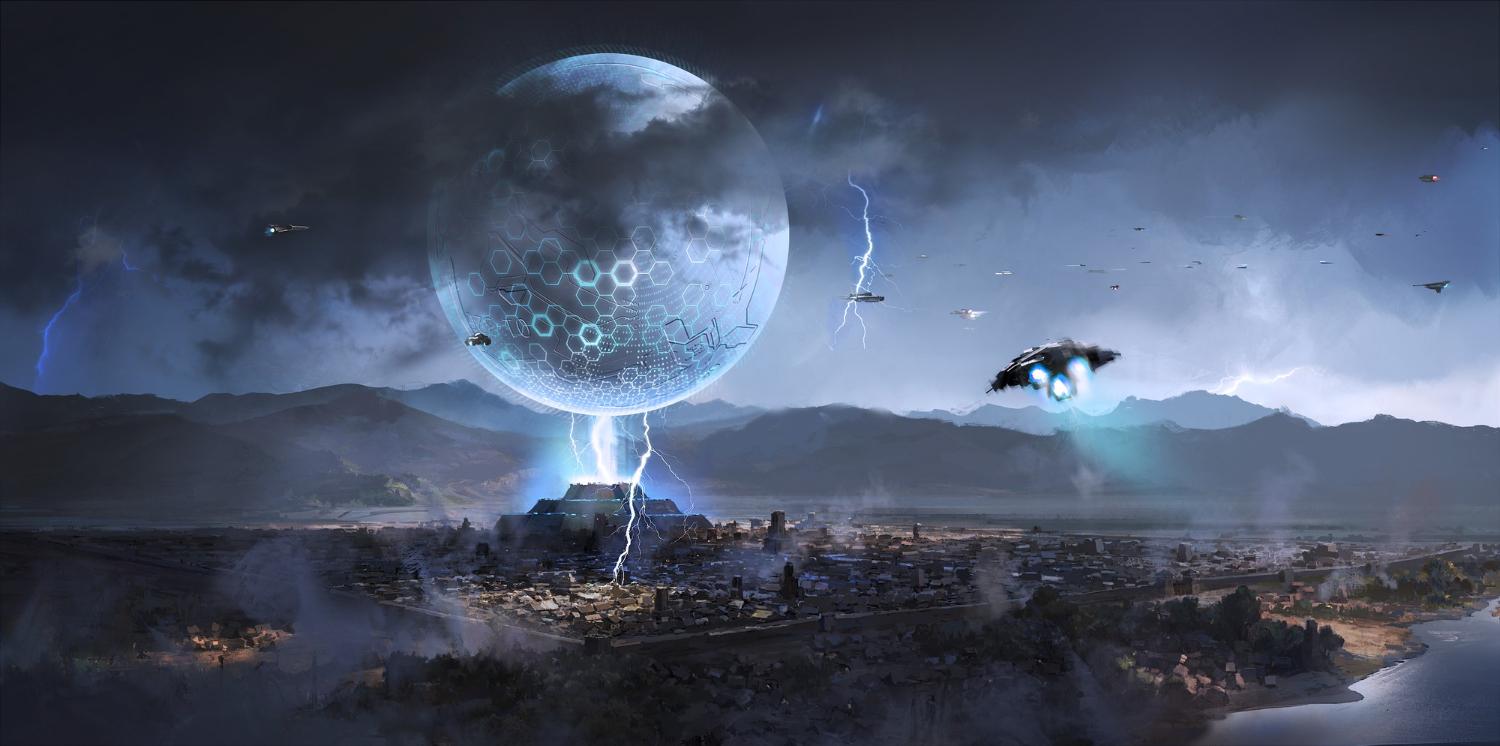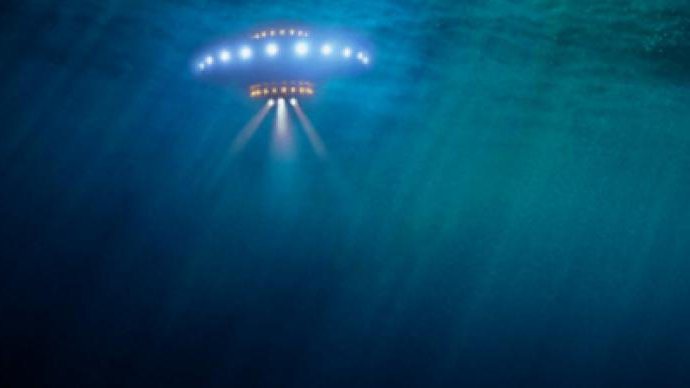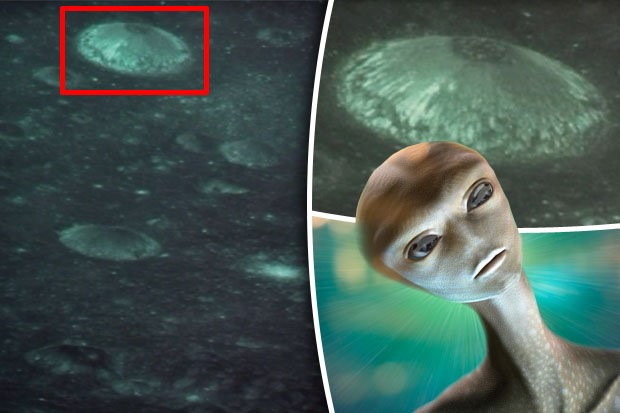The question of whether aliens have visited Earth is one that has captivated the imagination of people for generations. From ancient myths to modern science fiction, the idea of extraterrestrial beings visiting our planet is a fascinating topic that continues to inspire speculation and debate. While there is no definitive proof that aliens have visited Earth, there are a number of intriguing pieces of evidence that suggest that the possibility cannot be completely dismissed.
The first thing to consider when pondering the question of alien visitation is the sheer size of the universe. With billions of galaxies, each containing billions of stars, the odds of Earth being the only planet with intelligent life seem remote. In fact, some scientists estimate that there could be as many as 100 billion planets in our galaxy alone that could support life. Given the vastness of the universe, it is certainly plausible that intelligent life forms exist elsewhere, and that some of these beings have visited our planet.
One of the most compelling pieces of evidence for alien visitation is the existence of UFO sightings. Throughout history, there have been numerous reports of mysterious flying objects that cannot be explained by conventional means. While many of these sightings have likely been misidentified natural phenomena or man-made objects, there are some cases that remain unexplained.
For example, in 1967, a group of witnesses in Shag Harbour, Canada reported seeing a strange object crash into the water. Despite an extensive search, no wreckage was ever found, and the incident remains unexplained to this day.
Another piece of evidence for alien visitation comes from alleged encounters with extraterrestrial beings themselves. These reports range from abductions to face-to-face meetings with alien beings. While many of these stories are likely hoaxes or the result of psychological phenomena, there are some cases that are difficult to explain away.
For example, the famous Betty and Barney Hill case in 1961 involved a married couple who claimed to have been abducted by aliens and subjected to medical experiments. While some skeptics have suggested that the couple fabricated the story or had a hallucination, the Hills’ account remains one of the most well-documented cases of alleged alien abduction.
In addition to UFO sightings and alleged encounters with extraterrestrial beings, there are also some physical artifacts that have been attributed to alien visitation. For example, some researchers believe that the Nazca Lines in Peru, which are massive geoglyphs that can only be fully appreciated from the air, were created by ancient aliens. While there is no concrete proof to support this theory, the precision and complexity of the Nazca Lines is certainly impressive and mysterious.
Despite these intriguing pieces of evidence, the question of whether aliens have visited Earth remains unresolved. Skeptics point out that there is no definitive proof of extraterrestrial life, let alone evidence of visitation. Furthermore, many of the reported sightings and encounters can be explained by other means, such as misidentification or hoaxes. Without solid evidence, the idea of alien visitation remains in the realm of speculation.
The question of whether aliens have visited Earth is one that continues to inspire debate and fascination. While there are some intriguing pieces of evidence that suggest the possibility of alien visitation, there is no definitive proof to support the claim. Ultimately, the question of whether we are alone in the universe remains one of the greatest mysteries of our time, and one that will likely continue to inspire curiosity and wonder for generations to come.
What do aliens look like?
For centuries, humans have been fascinated by the idea of extraterrestrial life. Countless books, movies, and TV shows have depicted aliens as everything from little green men to giant tentacled creatures. But what do aliens actually look like? The truth is, we have no way of knowing for sure. However, scientists and science fiction authors have speculated about the appearance of aliens based on what we know about the conditions required for life to exist.
One possibility is that aliens may have evolved to look similar to us. This is known as convergent evolution, where similar environmental pressures can lead to similar adaptations. For example, if an alien planet had a similar atmosphere and gravity to Earth, it’s possible that the creatures living there might have two arms, two legs, and a head with two eyes, a nose, and a mouth.
However, even if aliens do look similar to us, they may still have vastly different internal biology, such as a different number or type of organs.
Another possibility is that aliens could look completely different from anything we’ve ever seen. The conditions required for life to exist are incredibly complex, and it’s possible that life could evolve in ways that we can’t even imagine. For example, on a planet with lower gravity, creatures might have evolved to be much larger than anything on Earth. Or, if an alien planet had a denser atmosphere, creatures might have evolved to be able to fly using wings or other structures.
Some scientists have suggested that the most likely type of alien life we’ll find is microbial. These tiny organisms could exist on a wide variety of planets, even those that are inhospitable to humans. If we do find microbial life, it’s unlikely that it will look like anything we’d recognize as a “creature.” Instead, it would be more like a collection of cells and organic molecules.
Science fiction has popularized the idea of intelligent, humanoid aliens with advanced technology. While this is certainly possible, it’s important to remember that this is purely speculation. There’s no way to know for sure what kind of technology aliens might have or how advanced it might be.
One interesting possibility is that aliens could be something we can’t even perceive. For example, it’s possible that some aliens could exist in dimensions beyond the three that we’re used to. These creatures might look like nothing we’ve ever seen, and we might not even be able to detect their presence.
In the end, the question of what aliens look like is one that we may never be able to answer. However, the search for extraterrestrial life is an exciting and important field of study.
As we explore the universe and learn more about the conditions required for life, we may one day be able to answer this question and make contact with other intelligent beings. Until then, we can continue to imagine and speculate about what might be out there, and continue to be fascinated by the possibilities of what we might one day discover.
How advanced are alien civilizations?
The question of whether or not there are advanced alien civilizations in the universe has been a topic of fascination for centuries. However, despite numerous scientific efforts to detect signs of extraterrestrial life, no concrete evidence has yet been found. In the absence of concrete evidence, scientists and experts in the field have developed a number of theories and speculations about the potential nature and characteristics of any hypothetical advanced alien civilizations.
One of the main frameworks for thinking about the potential nature of alien civilizations is the Kardashev scale. This scale was proposed by the Russian astrophysicist Nikolai Kardashev in 1964 and categorizes civilizations based on their energy usage.
According to this scale, a Type I civilization is able to harness all of the energy available on its planet, while a Type II civilization can harness all of the energy available from its star. A Type III civilization is able to harness all of the energy available in its galaxy.
Based on the Kardashev scale, it is thought that if there are advanced alien civilizations in the universe, they are likely to be Type III civilizations. This is because they would have had enough time to evolve to such a level of technological advancement, and because a Type III civilization would be able to use the vast amount of energy available in a galaxy to power its activities.
However, it is important to note that the Kardashev scale is not a definitive framework, and there are other potential indicators of advanced civilizations that could be used to speculate about the nature of any hypothetical extraterrestrial life.
For example, some scientists have suggested that a civilization’s ability to manipulate matter on the nanoscale could be an indicator of its level of technological advancement. Similarly, the presence of large-scale engineering projects, such as a Dyson sphere, could suggest a high degree of technological sophistication.
Another important consideration in thinking about the potential nature of advanced alien civilizations is the question of communication. If there are other intelligent beings out there in the universe, would we be able to communicate with them? The answer to this question is not clear, as it depends on a number of factors, such as the frequency and method of communication used by any potential extraterrestrial life.
Despite the many unknowns surrounding the potential existence and nature of advanced alien civilizations, there is no doubt that the search for extraterrestrial life is an exciting and important area of scientific inquiry.
Through efforts such as the Search for Extraterrestrial Intelligence (SETI) program, scientists are working to detect potential signals of extraterrestrial life, and to use these signals to better understand the potential nature and characteristics of any advanced alien civilizations.
While we do not currently have concrete evidence of the existence of advanced alien civilizations, there are a number of theories and frameworks that can be used to speculate about their potential nature and characteristics. These include the Kardashev scale, as well as other potential indicators of advanced technological sophistication. While the search for extraterrestrial life is ongoing, it is clear that this area of scientific inquiry holds great potential for expanding our understanding of the universe and our place in it.







